Buy the photo Cornflower by Jose Lok on canvas, ArtFrame, poster and wallpaper, printed on demand in high quality.
About "Cornflower"
by Jose Lok
About the artwork
The cornflower (Centaurea cyanus), also called wild cornflower, is a 30-60 cm tall, annual plant in the composite family. Within the genus Centaurea it is one of three species that occur naturally in Belgium and the Netherlands. It is on the Dutch Red List (plants) of 2000. In Flanders the species has the status "declining".
The cornflower owes its name to its traditional place of growth; in fields among the grain. Because the plant only needed little space, it could survive here among the tall grain. Due to the cultivation with purified seeds, the plant is almost no longer found in this environment. The blue flowers can still be found regularly on roadsides. The species is even increasing, probably because many roadsides are mowed less often than before. However, it should be mentioned that a large part of these plants have been feral from gardens.[source?]
The trumpet-shaped ray flowers with triangular lips have a striking deep blue color, which has given rise to the name cornflower blue. The base of the tube flowers is purple. The natural flowering period is from June to August. source wikipedia

About Jose Lok
My husband ( Arie Lok ) and I are both fanatical photographers so we regularly go out together to photograph beautiful landscapes, animals, birds and actually everything that is beautiful.
He with his Nikon and I with my Canon.
We were regularly asked to do something with these photos, ..
Read more…
 Netherlands
Netherlands Ordered in February 2017
Ordered in February 2017
 Germany
Germany Ordered in June 2025
Ordered in June 2025
 Netherlands
Netherlands Ordered in January 2020
Ordered in January 2020
 Germany
Germany Ordered in March 2021
Ordered in March 2021
 Netherlands
Netherlands Ordered in July 2018
Ordered in July 2018
 Germany
Germany Ordered in April 2021
Ordered in April 2021
 Netherlands
Netherlands Ordered in February 2023
Ordered in February 2023
 Germany
Germany Ordered in July 2023
Ordered in July 2023
 Germany
Germany Ordered in August 2020
Ordered in August 2020
 Netherlands
Netherlands Ordered in August 2020
Ordered in August 2020
 Netherlands
Netherlands Ordered in November 2024
Ordered in November 2024
 Germany
Germany Ordered in October 2022
Ordered in October 2022
About the material
ArtFrame™
Interchangeable Art Prints
- High-quality print
- Easily interchangeable
- Acoustic function
- Large sizes available
Discover the artworks of Jose Lok
 As silhouette weir complex at Amerongen.Jose Lok
As silhouette weir complex at Amerongen.Jose Lok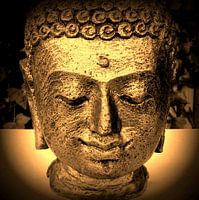 BoeddhaJose Lok
BoeddhaJose Lok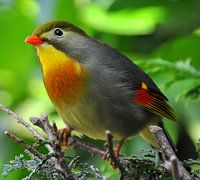 Japanese nightingaleJose Lok
Japanese nightingaleJose Lok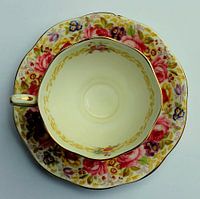 Cup and saucer Jose Lok
Cup and saucer Jose Lok ItalyJose Lok
ItalyJose Lok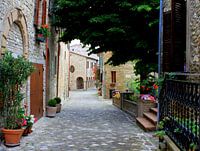 A typical Italian street.Jose Lok
A typical Italian street.Jose Lok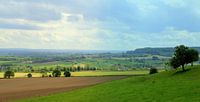 Limburg landscape.Jose Lok
Limburg landscape.Jose Lok Stork.Jose Lok
Stork.Jose Lok Two cowsJose Lok
Two cowsJose Lok Shadow lines.Jose Lok
Shadow lines.Jose Lok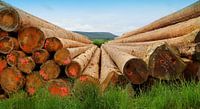 Hout uit het zwarte woud Jose Lok
Hout uit het zwarte woud Jose Lok Kasteel de Haar.Jose Lok
Kasteel de Haar.Jose Lok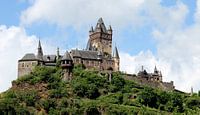 Rijksburcht Cochem.Jose Lok
Rijksburcht Cochem.Jose Lok ChrysanthemumJose Lok
ChrysanthemumJose Lok JaguarJose Lok
JaguarJose Lok Beach of ZandvoortJose Lok
Beach of ZandvoortJose Lok Storks on nest.Jose Lok
Storks on nest.Jose Lok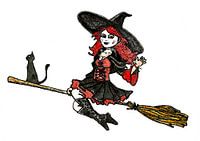 WitchJose Lok
WitchJose Lok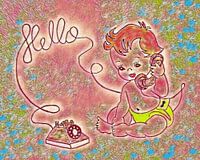 Child on the phoneJose Lok
Child on the phoneJose Lok A good start is half the battle.Jose Lok
A good start is half the battle.Jose Lok
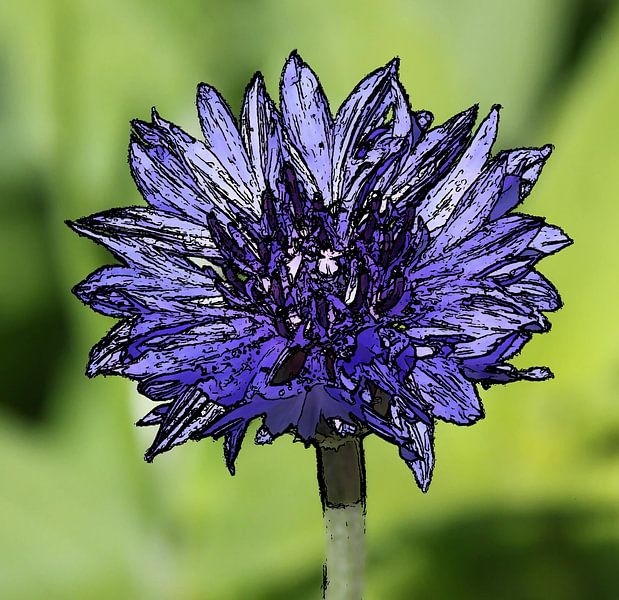












 Cornflower
Cornflower Photo wallpaper
Photo wallpaper Photography
Photography Plants
Plants Serene Peace
Serene Peace Vibrant Colors
Vibrant Colors Wildlife photography
Wildlife photography









